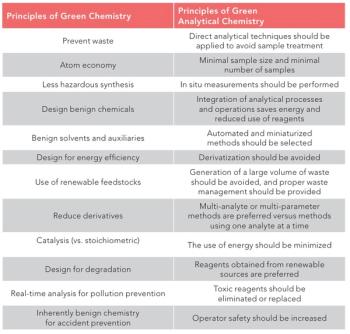
Today's Award Lecture: Brian T. Chait
Today at 4:45 p.m., Brian T. Chait of the Rockefeller University in New York will receive the 2015 ASMS Award for a Distinguished Contribution in Mass Spectrometry, and will present a lecture about his research.
Chait receives this award for his recognition and demonstration of the link between protein structure and conformation and electrospray ionization mass spectra. His discovery that a protein’s solution-phase conformation affects its electrospray ionization mass spectrometry (ESI-MS) charge state distribution made it possible for MS to probe higher order macromolecular structures. It also fostered a flood of applications of MS to noncovalent assemblies, hydrogen–deuterium exchange, probes of gas-phase protein structure, and ultimately native mass spectrometry.
In 1991, the Chait laboratory first demonstrated that electrosprayed cytochrome c molecules assumed about twice as much charge when sprayed from pH 2.6 than from pH 5.2 water (1), by probing conformational changes in proteins using hydrogen–deuterium exchange (2) and by monitoring solution-phase thermal denaturation processes by ESI-MS.
At the time of Chait’s achievement, few scientists were capable of spraying 100% aqueous solutions. However, Chowdhury and Chait demonstrated that electropolished needles could electrospray water at voltages sufficiently below those inducing dielectric breakdown (3). That ability to electrospray 100% water was key to observing the charge state distribution differences associated with natively folded proteins. Equally important was Chait’s ability to rationalize and prove that the source of the observed charge state distribution difference had to be solution-phase structure.
The lecture will be held in Hall 5 on level 1.
References
(1) S.K. Chowdury, V. Katta, and B.T. Chait, J. Am. Chem. Soc.112(24), 9012 (1990).
(2) V. Katta, B.T. Chait, Rapid Commun. Mass Spectrom. 5(4), 214 (1991).
(3) S.K. Chowdury and B.T. Chait, Anal. Chem. 63(15), 1660 (1991).
Newsletter
Join the global community of analytical scientists who trust LCGC for insights on the latest techniques, trends, and expert solutions in chromatography.




